Thousands of books, articles, movies, and personal testimonials are now part of the written, visual, and audio records for World War II. Declassified information over the past twenty years has allowed historians to fill in the gaps or correct previous historical accounts of events. Every once and a while, newly discovered information pops up and an author can turn it into a book perhaps on a previously well-covered topic but with a different perspective. Or sometimes an author gathers information on a topic that has not been covered in the past and creates a new opportunity for us to add to our knowledge of a particular event or series of events.
Our story today is based on Judy Batalion’s new book, The Light of Days (see below). Click here to learn more about the book.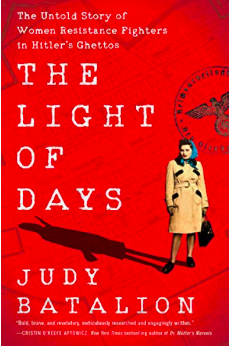
Ms. Batalion has written about young Jewish women in Polish ghettos who cleverly resisted the Nazis. Like many resistance fighters during the war, the brave exploits of these women were lost to history until Ms. Batalion stumbled across a long-forgotten book, Freuen in di Ghettos, or Women in the Ghettos (1946). Written in Yiddish, the book’s 185-pages recount the individual stories of dozens of the “ghetto girls” who resisted by supplying arms and ammunition to the fighters inside the ghettos as well as other acts of bravery.
Did you Know?
Did you know that history is being repackaged at this very moment? No, I’m not talking about the United States (although I could). We are witnessing 100th anniversary celebrations of the Chinese Communist party and the head of the Chinese Communist party, Xi Jinping, has begun rewriting his country’s history, or at least the modern version. Gone is any criticism about Mao Zedong and his atrocities committed against the Chinese people⏤a million people died during Mao’s Cultural Revolution. (The party’s historic condemnation of that era occurred in 1981.) Thirty years after Stalin purged his party of millions of people whom he believed posed a threat to his power, Mao and his wife did the same thing in China and for the same reasons. It’s odd that Mr. Xi would sanitize this ten-year period. He and his family suffered greatly during the Cultural Revolution between 1966 and 1976. All of this comes after Mr. Xi admonished those in Russia who disparage and condemn Stalin. Are we beginning to see a pattern here?
The Chinese Communists are very adept at indoctrinating (I like to call it “brainwashing”) their citizens with Communist ideology and now, an all-out attack on historical truth. In April 2021, a government hotline was set up for the purpose of denouncing others who fail to comply with the official party line regarding China’s history. Failure to toe the line is imprisonment and, in some instances, death. We are seeing unprecedented situations where Mr. Xi influences the behavior of countries, companies, and individuals. Facebook banned any discussion that COVID originated in a Chinese lab. How about the groveling apology from the NBA after a team manager tweeted his support of the democracy movement in Hong Kong? Disney CEO Michael Eisner asked for China’s forgiveness because Mr. Xi did not like the way China was portrayed in a Disney produced movie. Recently, the Chinese government crushed Didi Global one week after its IPO raised a record $4.4 billion on the New York Stock Exchange. What is going to happen when China makes its final move against Taiwan? (Mr. Xi has been very open about his intentions.) Every Chinese generation is taught that their country was humiliated by foreign powers over the past two hundred years, including “American Imperialists.” Such hatred can and likely will manifest itself into feelings of grievance that could eventually influence grassroot support for war against the West.
Not one Western country came to the support of the pro-democracy movement after Mr. Xi broke the 50-year “hands off” agreement China signed with the British. Now, it’s Mr. Xi who draws the line in the sand and dares any one to cross it. Unlike many Western leaders who draw a line and then back off, I believe Mr. Xi will not back down.
History does repeat itself and we are watching re-runs every day.
Almost eighty-years after the end of the war, there are still large chunks of history missing concerning Poland and the activities of Polish resistance fighters during World War II. As a Soviet Union satellite beginning in 1945, requests for wartime documentation were routinely denied. After the fall of the Soviet Union in 1989, classified archives have been opened (albeit slowly) to the West and its historians.
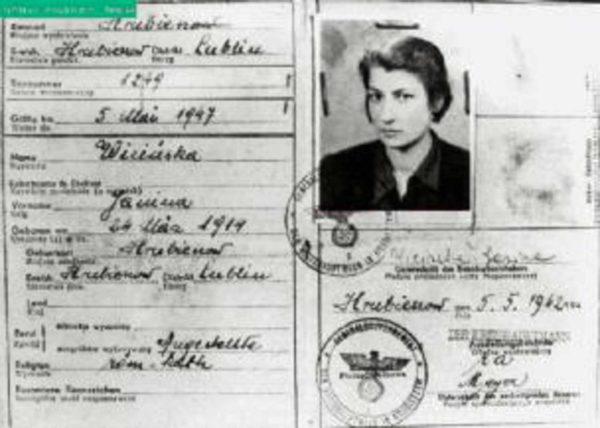
Polish History–Lite
Poland was regarded as a “safe haven” for the Jews during the Middle Ages. When France and other countries kicked out their Jewish citizens, Poland’s tolerant government and society gladly accepted them. Polin, the Hebrew name for Poland or “rest here,” offered economic opportunity, relative freedom, and safety. A small group of nobles ran the country with a parliament, and they protected the Jews who in turn paid high taxes and performed economic services such as lending money. By 1573, the Warsaw Conference officially sanctioned religious tolerance. By then, Jews were totally integrated into Polish culture. The country experienced a long period of stability and prosperity that resulted in Poland becoming a European power and a major cultural center. Unfortunately, this did not stop the hateful and false rumors directed toward the Jews.
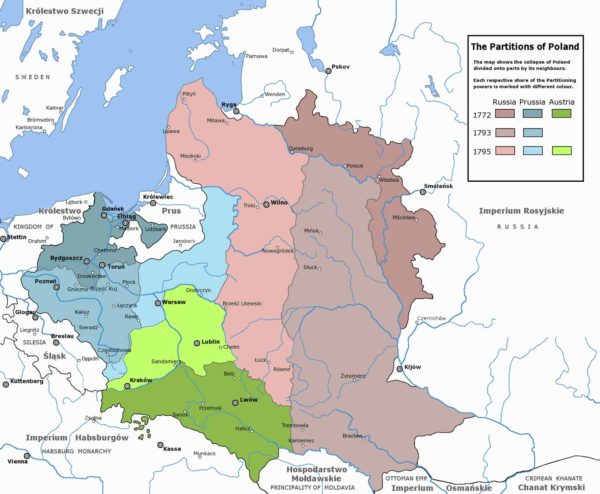
By the late 18th-century, the Polish government became destabilized and vulnerable to its neighbors. The country was divided into three parts after being invaded by Germany (Prussia), Austria, and Russia and Poland ceased to be an independent sovereign nation. Jews in the German section learned the Saxon language and blossomed into an educated middle class. Jews in the Austrian section suffered immense poverty while in the Russian section, Jews were subjected to onerous religious and economic decrees, and they developed into a working-class population. Borders seemed to shift constantly, and Polish citizens had to learn to adapt.
During World War I, the three “occupying” countries fought one another but Poland came out of the war in relatively good shape after the Allies agreed to reinstate its independence. The Second Polish Republic government was formed, and a united Poland rebuilt itself. Politically, the country was divided right down the middle. On one side, the monarchists called for the country to return to the “old” Poland (i.e., a country of multiple state nations). Across the aisle, the nationalist movement called for a purebred Poland. It preached anti-Semitism and blamed the Jews for the country’s problems (sound familiar?). The nationalist movement platform campaigned on a platform for a new Polish identity as “not the Jew.” In other words, a Jew could never be a Pole.
After the Great War, Poland encouraged women to gain employment. They began to enter the legal, medical, and literary professions. Elementary school was made mandatory for everyone, including girls. Universities began to admit women and in 1918, women were given the right to vote. Reading was heavily encouraged and books in Hebrew and Yiddish were written for female readers.
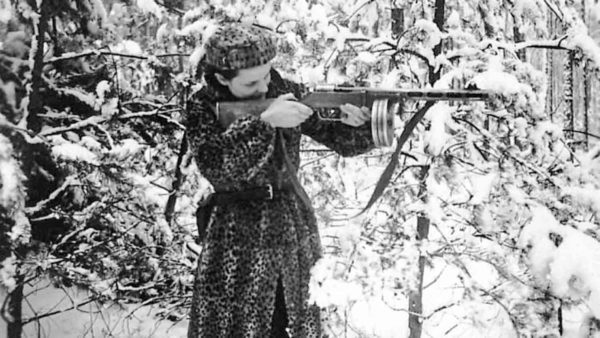
During the inter-war period, the Polish government began to discriminate against its Jewish citizens by passing restrictive laws. By 1935, the right-wing nationalists gained control of the government and immediately encouraged boycotting Jewish-owned businesses. Poland began to emulate the Nazi party’s racial theories and policies. Right about this time, Polish Jews began discussing relocating to a Jewish homeland. Communists supported the Jews and their assimilation. The Communist political party was known as The Bund and part of its platform called for Jews to be treated like everyone else.
It was this environment that immediately proceeded the start of World War II with the 1 September 1939 German invasion of Poland. At that time, the Jewish population of Poland totaled about 3.4 million. The epicenter of Poland was the city of Warsaw where one third (375,000) of its citizens were Jewish. During the war, the Nazis murdered ninety percent (3.0 million) of Poland’s Jews as well as 1.8 to 2.8 million ethnic Poles.
Jewish Youth Movements
There were hundreds of Jewish youth movements in Poland during the mid- to late-1930s. The members of these youth organizations provided the nucleus of Jewish resistance in the Polish ghettos. Two of the movements were “Freedom” and “The Young Guard.”
Freedom was a youth group of secular, socialist Labor Zionists. They were predominately middle-class intellectuals determined to live in a Jewish state, speak Hebrew, and establish a sense of belonging. Manual labor was the key to the model they wanted to develop. Its members focused on social action. Freedom established summer camps, training camps, and communal farms⏤all in preparation for emigrating to the Jewish state. The majority of Freedom’s members were women.
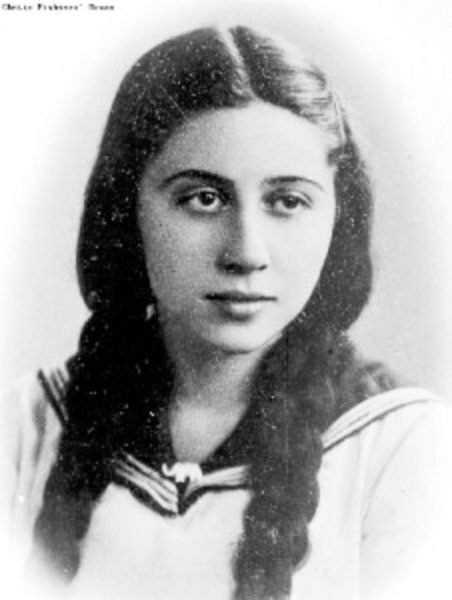
The Young Guard was similar to Freedom. It was a Zionist organization but structured in “sections.” Each section was led by one man and one woman. It was based on the “family” model. Revolutionary theories from Marx, Luxemburg, and Goldman were taught to its members.
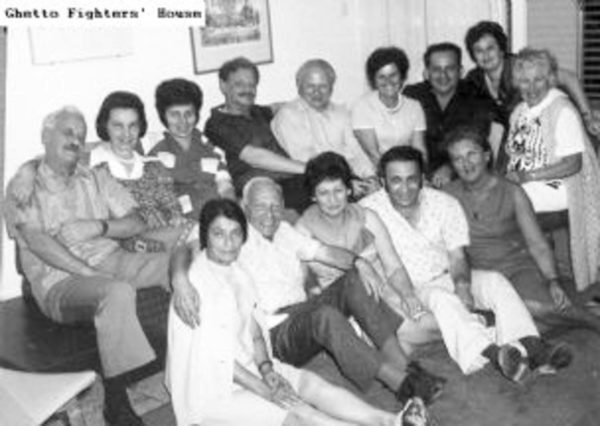
Life Under The Nazis
As soon as the Germans occupied Poland, anti-Semitic laws and regulations were implemented. In 1940, Jews over the age of ten were required to wear an armband of white ribbon with a blue Star of David on it. If the ribbon was dirty or not the correct size, punishment was death. (In France, immediate deportation was the punishment if the Star of David was not stitched properly onto the clothing.) Jews had to take off their hats when passing by German soldiers and they were not allowed to walk on sidewalks. Soon, Jewish property was appropriated and given to folksdeutsch, or Poles with German heritage. Jews were kicked out of their homes and became panhandlers without any possessions.
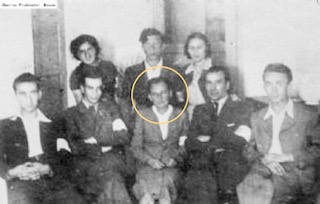
In April 1940, the first Jewish “neighborhoods” were established. Jews were given two days to relocate, and they had to leave behind all possessions except a bag and some linen. Living spaces were extremely cramped and if anyone brought furniture, it would eventually be broken up to be used as firewood. More than four hundred of these ghettos were established. The intent of herding Jews into the ghettos was to eliminate them through disease and starvation. It was also the easiest way to eventually round them up for deportation. Initially, Jews were allowed to leave the ghetto each day to work or buy food. However, from 1941 onward, their movements were restricted to those who obtained special permission from the Judenrat (i.e., Jewish councils established by the Germans). Eventually, ghettos were cordoned off by fencing, walls, or natural barriers (e.g., rivers).
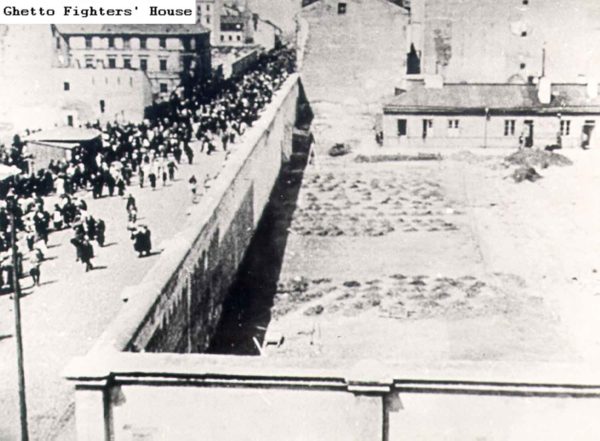
The Warsaw Ghetto
Probably the best-known Polish ghetto was in Warsaw. We discussed the Warsaw Ghetto in my blog, The Nazi Frankenstein (click here to read). The ghetto was established in November 1940, and it became the largest ghetto in Poland and other Nazi-occupied countries. More than 400,000 Jews were required to live within the 1.3 square mile area surrounded by a ten-foot-high wall topped with barbed wire. As time went on, the ghetto population declined due to deportations, executions, and death through disease or starvation. Beginning in the summer of 1942, the Nazis began rounding up Jews in the ghetto and deporting them fifty miles to the northeast of Warsaw to the Treblinka extermination camp. Click here to watch the video To Live and Die With Honor: The Story of the Warsaw Ghetto Uprising.
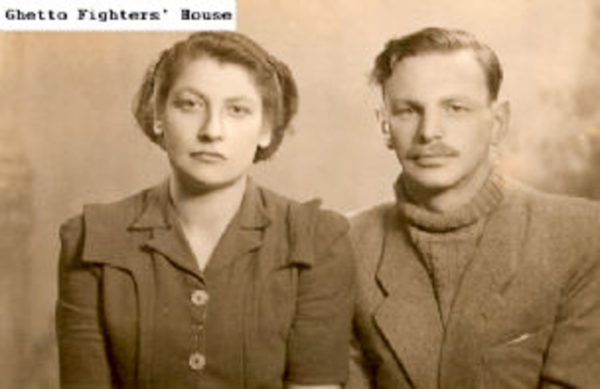
In October 1942, Mordechai Anielewicz (1919−1943) organized the underground Żydowska Organizacja Bojowa, or Jewish Combat Organization (ŻOB) to fight the Nazis against further deportations. By then it was clear to the residents of the ghetto that Jews were being sent to their immediate deaths rather than “relocated” as the Nazis told them. Weapons, ammunition, and supplies began to be collected and stockpiled by the resistance. On 18 January 1943, the Germans began the next wave of roundups in the ghetto. This time when the Schutzstaffel (SS) marched in, they were met with bullets and Molotov cocktails.
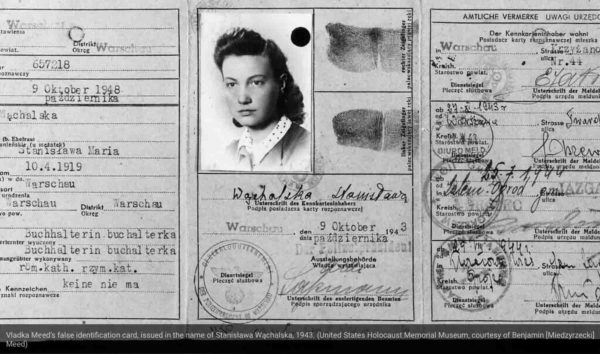
The Ghetto Girls
After the lockdowns of the ghettos, members of Jewish youth organizations like Freedom and The Young Guard began to establish cultural events within the ghettos as well as soup kitchens, educational seminars, and schools. Despite the horrific conditions, teachers, lecturers, and performers persevered with activities for the residents. The top priority were the children, many of whom lived on the streets. All of this was prohibited by the Judenrat and the ever-present concern was the possibility of Gestapo spies or collaborators in their midst.
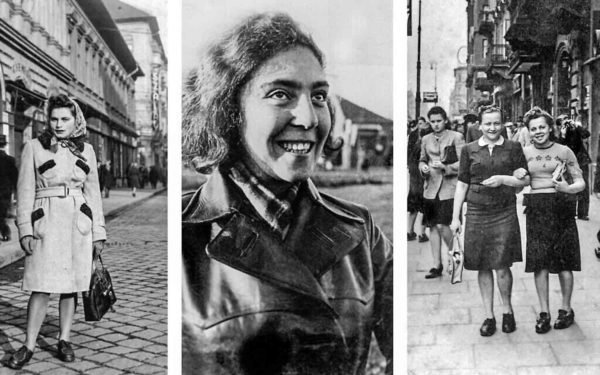
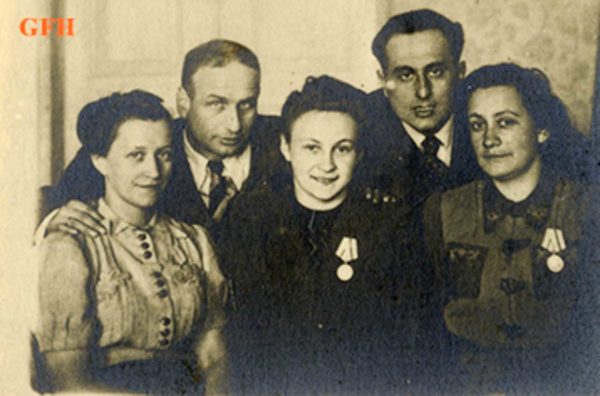
The women who became couriers between the ghettos were largely teenagers or in their early twenties. They traveled to and from Polish towns and were able to successfully enter and exit the fortified ghettos. The women posed as Christians and used false documentation to fool the Germans. One woman was so successful that she was hired by the Gestapo as a translator. To get in and out of the ghettos, bribes were commonly used. As in the other occupied countries, the Germans did not believe women could play an active role in resistance and consequently, saw these young Polish women as innocent bystanders⏤at least as long as they hid their Jewish heritage. Once the uprisings began and the women took up arms, the Germans were shocked. A bullet fired from the gun aimed by a woman is no different than a bullet from a man’s gun. The Germans didn’t know if the women were “devils or goddesses.”
“Kill a few and die an honorable death!”
⏤Frumka Płotnicka
Jewish resistance fighter
Shortly before her death in the Warsaw Ghetto Uprising
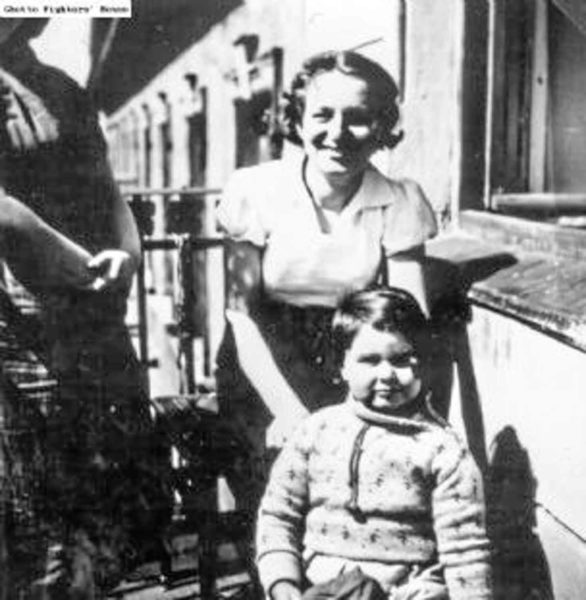
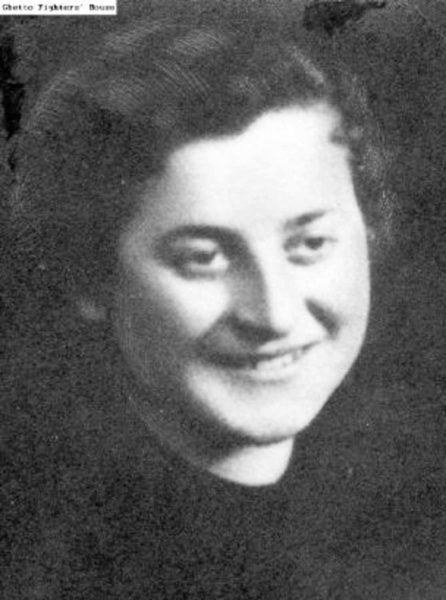
One of the important functions of these couriers (besides gun running and smuggling food and medical supplies into the ghetto) was to provide communication to the ghetto inhabitants from other ghettos and the outside world. They were able to divulge information about Nazi atrocities toward the Jews. Rather than dwell on the negative, they used this to encourage the ghettos to further resist their German captors. The slogan was, “It is better to be shot in the ghetto than to die in Treblinka!”
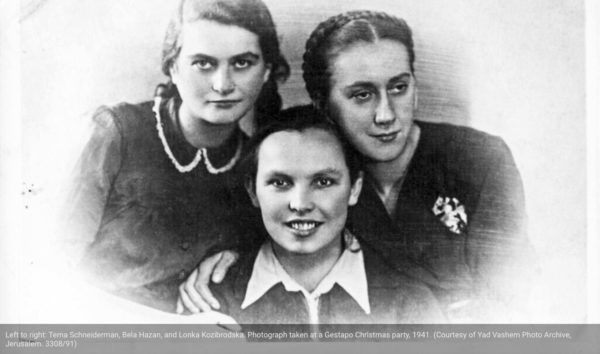
Like resistance fighters in other occupied countries, the Polish ghetto resistance movement knew they would never beat the Nazis. However, as the above slogan indicates, they weren’t going down without a fight. A surviving Polish resistance fighter, Faye Schulman, said after the war, “I want people to know that there was resistance. Jews did not go like sheep to the slaughter.” At the end of the war, most of the surviving resistance fighters were alone. They lost their entire families in the Holocaust. Click here to watch the video clip The Stories We Tell…
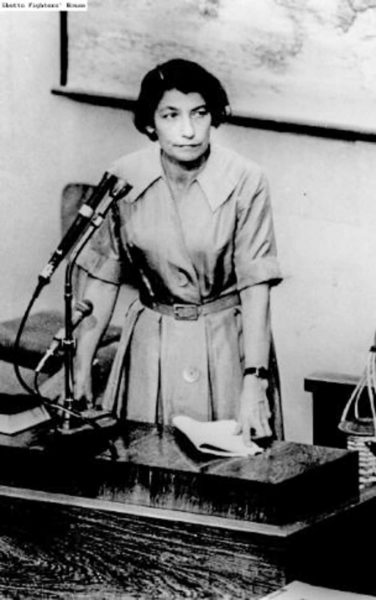
★ Learn More About the Ghetto Girls ★
Batalion, Judy. The Light of Days: The Untold Story of Women Resistance Fighters in Hitler’s Ghettos. New York: William Morrow, an imprint of HarperCollins Publishers, 2020.
DeVore, Chuck and Steven W. Mosher. China Attacks. W. Conshohocken, PA: Infinity Publishing, 2001.
Ghetto Fighters’ House Museum. Click here to visit the museum web-site. Click here to watch a video about the museum.
Izhar, Neomi. Chasia Bornstein-Biełicka: One of the Few. Jerusalem: Yad Vashem Publications, 2009.
Moczarski, Kazimierz (edited by Mariana Fitzpatrick). Conversations with an Executioner: An incredible 255-day-long interview with the man who destroyed the Warsaw ghetto. New Jersey: Prentice-Hall, Inc., 1981 (original Polish edition: 1977).
I didn’t begin to cover the information that is contained in Ms. Batalion’s book. I highly recommend you read her book to gain an in-depth account of the stories surrounding the young Jewish resistance fighters and the Polish ghettos. Her research is very impressive, and I believe you will like her writing style.
Disclaimer:
There may be a chance that after we publish this particular blog, the video links associated with the blog are no longer accessible. We have no control over this. Many times, whoever posts the video has done so without the consent of the video’s owner. In some cases, it is likely that the content is deemed unsuitable by YouTube. We apologize if you have tried to access the link and you don’t get the expected results.
What’s New With Sandy and Stew?
I’d like to give you an update on the progress of the next book, Where Did They Put the Gestapo Headquarters? A Walking Tour of Nazi-Occupied Paris (1940−1944). Roy has just about finished the design of the book and a “galley” should be ready very shortly. (A “galley” is the finished book ready for one last editing sweep before being printed.) We are far enough along that we’ve determined the length of the book to be around four hundred pages (give or take). That is double the size of the previous four books in this series. When I started writing this book, I knew it was going to be longer than the others, but I didn’t have a problem with that since the topic was so powerful. However, at four hundred pages, I’m reconsidering.
We have kept the other books to less than two hundred pages. The primary reason is that I wanted you to have a book to take to Paris without consuming half your suitcase (or putting you over the weight limit). Another reason was the subject matter (French Revolution and Medieval Paris). The size of those books was constrained by the limited number of sites available to see (although I did manage to get two volumes out of each topic). As I’ve said in the past, the Gestapo books (I originally planned on two volumes) were different in that it seems every building in Paris has a story behind it from the occupation and it really boiled down to prioritizing which ones to show you.
So, we have a dilemma. Sandy and I will be talking with Roy about our options. Right now, I’m leaning toward doing three volumes. In each book, we would include three walks (normally it is four), the métro walk section (four sites−no change), and the appendix (the Gestapo book appendix is much longer than it was in the prior books). Hopefully, we could reduce the number of pages to a more manageable size without sacrificing the number of stops as I picked each one for a reason.
Anyway, if you have a suggestion (or two or three), please contact me with your thoughts.
Thank you to all of you who subscribe to our bi-weekly blogs. It seems there isn’t a day that goes by where we don’t increase our readership. Please let your history buff friends and family members know about our blog site and blogs.
Someone Is Commenting On Our Blogs
I’d like to thank all of you who contacted us regarding our recent blog, The SS City of Benares (click here to read). It seems the topic struck a nerve with a lot of people. (Most of our blogs concerning children have that effect.) It is one of those many stories that has been hidden over time.
Several people requested assistance in locating sources or attributions to specific images. Séverine L. and Pete T. are involved with books that need one or more images and it seems two of our blogs (The White Buses [click here to read] and Muslims, Jews, and the Gestapo [click here to read]) contained some useful photographs. We were happy to track down the sources of the images they were interested in, and I hope their new books are very successful.
If there is a topic you’d like to see a blog written about, please don’t hesitate to contact me. I love hearing from you so keep those comments coming.
Why Would You Want to Buy Our Walking Through History Books?
Simple.
You like to travel and experience history and historical events. You like to see original buildings that had a significant impact on the people and events of the history you’re engaged with. You want to know the stories behind the brick and mortar in front of you.
The walking tour books are meticulously researched so you can go directly to those sites and learn about the building’s history as well as an introduction to some of the more interesting people associated with it.
We Need Your Help
Please tell your friends about our blog site and encourage them to visit and subscribe. Sandy and I are trying to increase our audience and we need your help through your friends and social media followers.
Thank You
Sandy and I appreciate you visiting with us. We have some exciting things on the horizon, and we’ll keep you updated as we go along.
Share This:
Follow Stew:
Find Stew’s books on Amazon and iBooks.
Please note that we do not and will not take compensation from individuals or companies mentioned or promoted in the blogs.
 Walks Through History
Walks Through History
Copyright © 2021 Stew Ross

